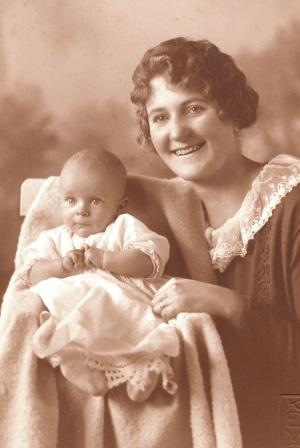
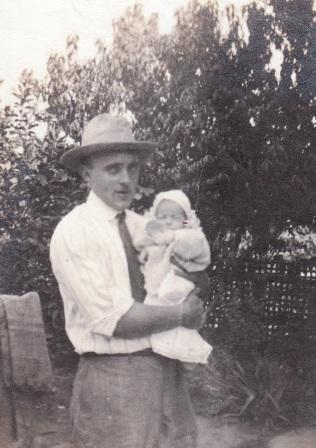
1919 to 1940: Boom and Bust
Settled and prosperous, maybe John and Nellie could start a family. Sure enough, on July 9, 1919, they had a baby girl, Helen. She was like a doll, so John would call her Dolly. I would always call John, Grandpa, and Nellie, Grandma, the only grandparents I really knew.


Baby Helen was the joy of their lives. They couldn't get enough pictures of her that first year.
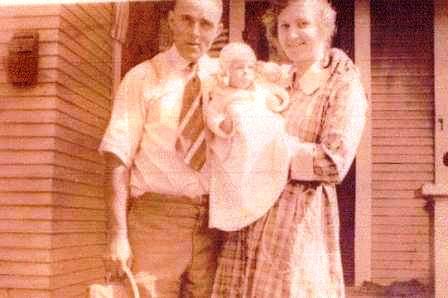
A professional photographer put together a beautiful collage of Helen as a one year old:
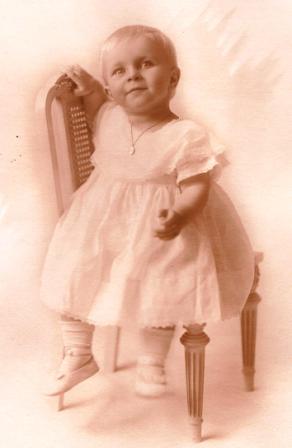
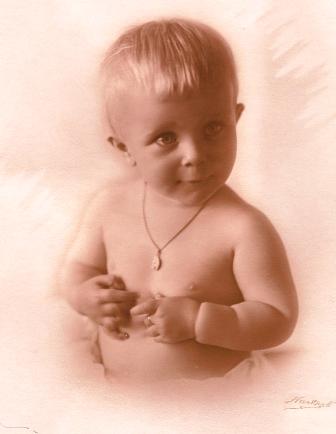
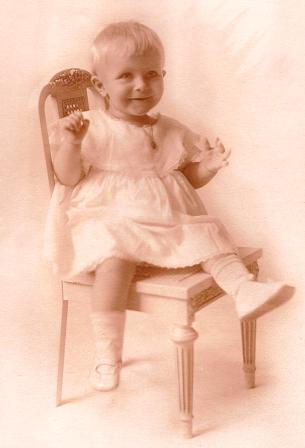
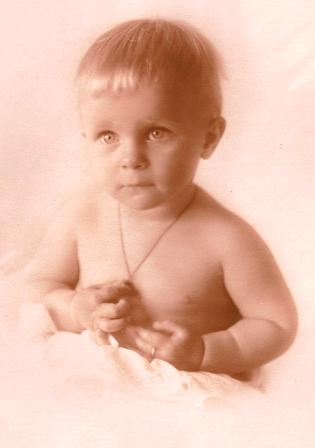
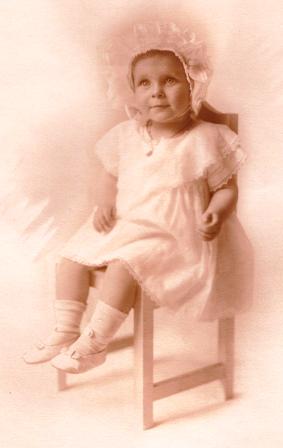
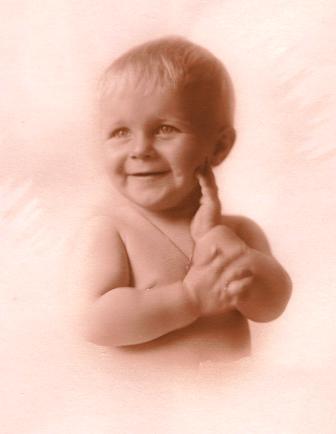
Candid pictures continued as Helen grew older.
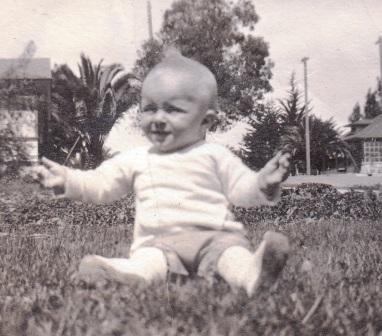
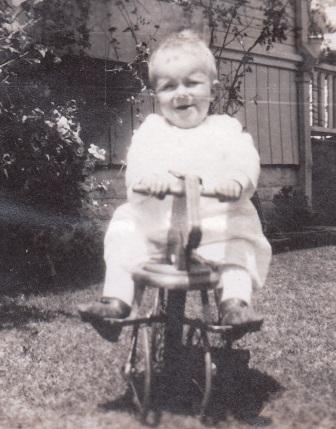
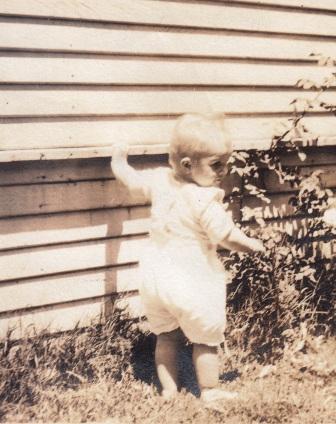
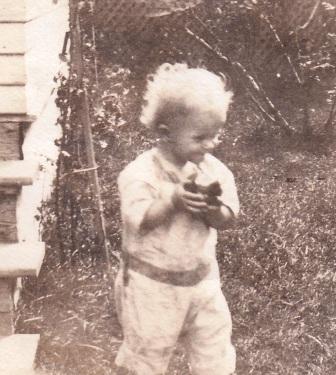
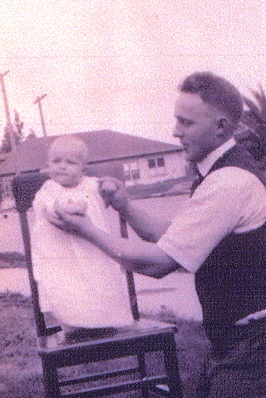

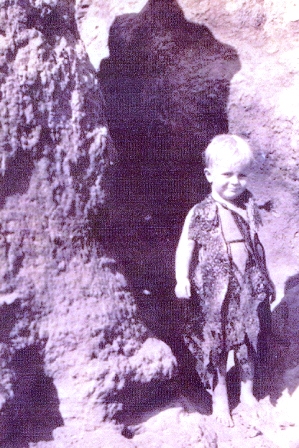
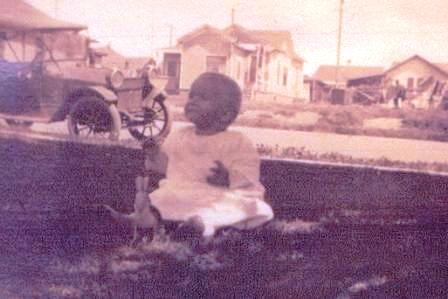
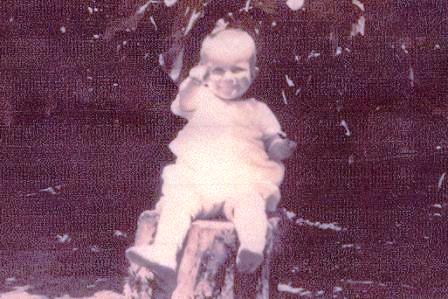
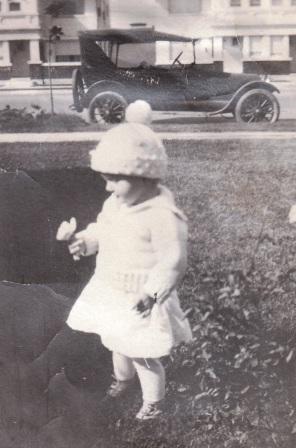
Helen with 1915 Ford touring car in the background
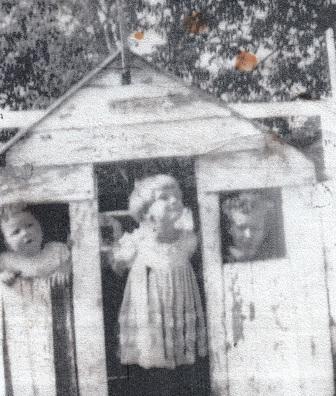

1924 in San Gabriel playing then posing with cousins Theora and Dale
Grandpa always wanted something better for his family so they moved to nearby Signal Hill to have a little ranch. Then they moved to San Gabriel where he opened another store to make more money for the family. Soon after the move, oil was discovered on Signal Hill. Mom recalls: "I remember a picture of me with my hair blowing back in what I remembered as being on Signal Hill. Lived there about one year and got told many times how I'd take my little red wagon and start down the hill for the ocean. Oil worker brought me home."
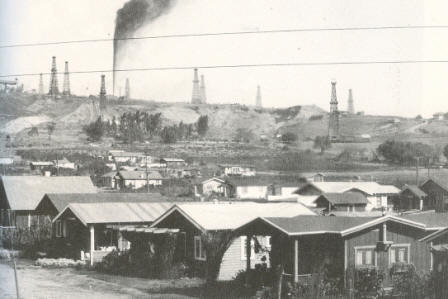
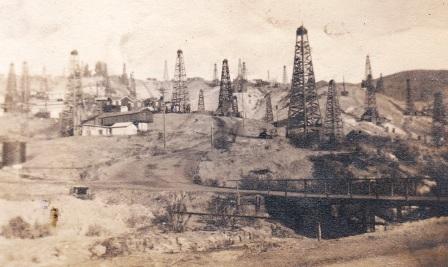
Signal Hill 1921 and 1928
Signal Hill 2009
They were so close to striking it rich; but they found plenty of wealth in opening new stores. Soon they owned several homes, a ranch, and lots of investments in the stock market. In 1925 Grandpa celebrated by buying a new Hupmobile and traveling back to the Midwest to visit relatives.
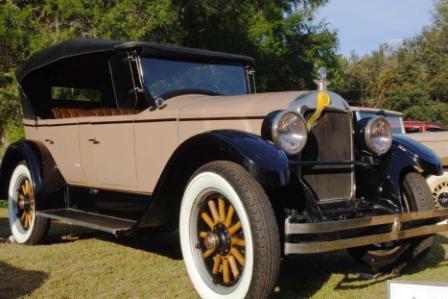
Mom recalls: ‘In 1925 we drove to Missouri, Iowa, and Oklahoma City in a new Hupmobile, our first enclosed car. My dad had a hard time getting used to the windows. He always drove with the windows open, rain or shine. It had vases for flowers, leather seats and was maroon. It didn’t have a heater, so you still used quilts and blankets to keep warm. Kids would lie down on the floor to stay warm and comfortable.’
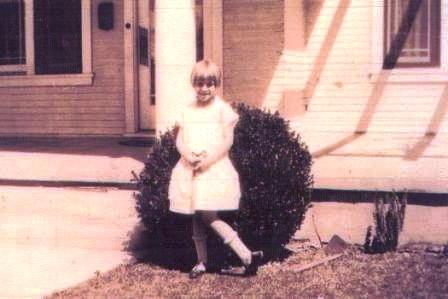
In Long Beach before the big trip
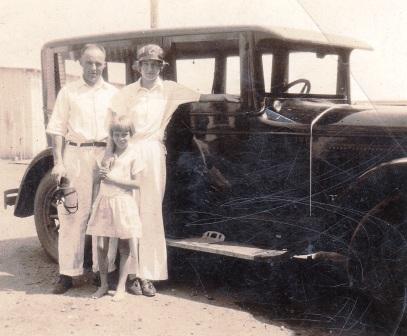
A family picture with the Hupmobile
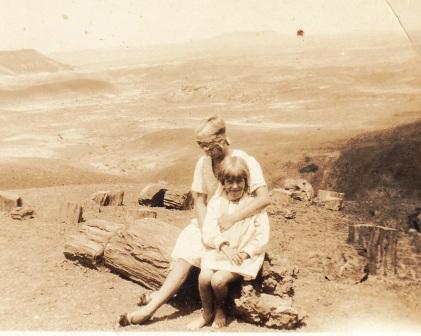
Sitting on a petrified log with Ruby in the Painted Desert, Arizona
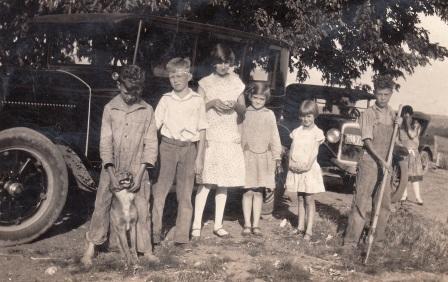
Left to right: Bill Redinger, William Redinger, Rachel, Helen, Paul at the Redinger home.
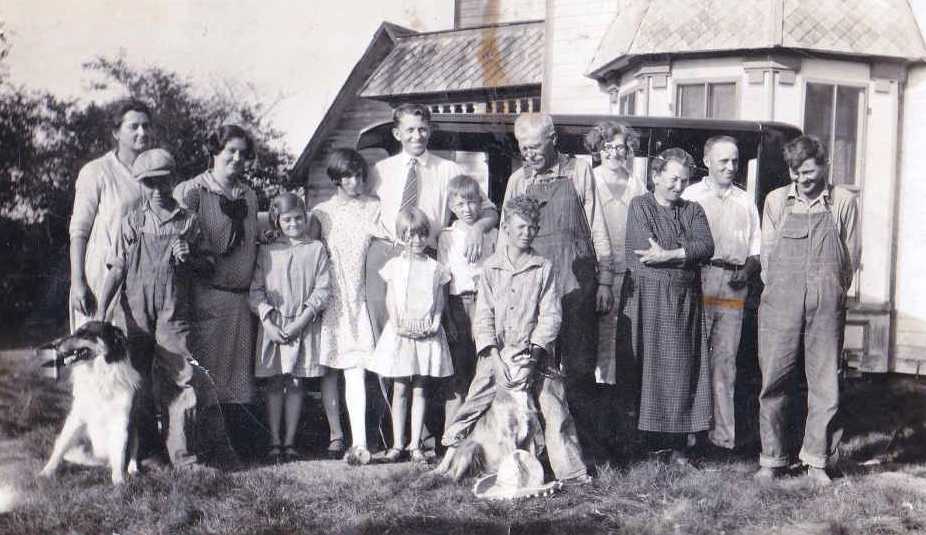
William Albert Redinger Farmhouse: From Left: Pearl Redinger, Cleo Eldon Redinger, Nellie May Tuggle, Rachel Elaine Redinger, Francis Wilma Redinger, Frank Norton Redinger, Helen Marie Scherer, Paul Redinger, Garland True Hammack, William Albert Redinger, Nellie Grace Redinger, Etta Jane (Norton) Redinger, John Leonard Scherer, William Wayne Redinger.
Mom never forgot that summer, especially life on the Redinger farm:
In the part of Missouri where my Mother lived there were rolling hills. The house stood on top of a hill and the 60 or more acres were for the corn and sorghum. Some trees were left by the house and for the wood lot too. There was an acre of trees used for woodstoves. And if the stove could take coal, they'd get a sack when they went to town for flour, sugar, salt, dress material, shoes, and overalls, all at the general store. Took two horses and a wagon.
Missouri being southern, they made hominy, white gravy, corn meal for mush and frying. The grew sorghum for a dark syrup. Sauerkraut from cabbage and cottage cheese in a big black skillet. The cellar had a part that was called a root cellar for carrots, beets, turnips and rutabagas, and always potatoes and onions hanging high. A special place in the barn to keep winter ice--kept in straw. Next to where they milked the cows, separators, cold house for milk and eggs. Hay was fun to run through and in the fall cut down, loaded into the hay loft in the top of the barn. The boys helped pick corn and learned to drive the horse and wagon and also throw the corn against the bang board. The rest was slashed and burned. Land plowed and planted. Thee only irrigation was done by God who brought the storms.
There were two front rooms, one for the family and one called the parlor for visitors. A beautiful big front staircase and a small steep one out of the kitchen for the family.
They have thunder storms in Missouri. So Grandpa and others put lighting rods on the house, sheds and barns. The lightning hits the rod and follows the wire into the ground so the buildings don't get hurt.
Pearl was a tomboy and loved to help her Dad with the pigs. The girls always helped with chicken, eggs and the garden. When the boys were young, they caught fish, shot rabbits, duck, geese and pheasants. Sometimes when they went fishing in the creek, they caught snapping turtles.
Pigs were killed and put down in salt and fat. They made gallons of lard. The basement was their supermarket. And lots of happy tricks like collecting hail and putting cream, sugar, and vanilla on it--ice cream. Did it with the first snows too.
And some boys did smoke corn silk behind the barn.
Later that summer, they returned to enjoy their home in Alhambra, their ranch in Arcadia, and their summer home in Sierra Madre. Everything was going great. Grandpa would be one of the first supermarket chain owners in Los Angeles. See supermarkets in the 1950's: https://youtu.be/5fL8n_aAisQ Then he could buy more homes, ranches, and stock.
In 1928 the prosperous Scherer family moved to Van Nuys. Their home was next door to the Catholic Church where Mom played with a neighborhood family. The oldest boy would pretend to be a priest. The other children would receive a cracker piece on their tongues as if they were receiving the Eucharist. Mom didn't understand until later that they were playing Mass. She also recalled her earliest religious experience: "The church where I first met God was on Garvey Blvd, a log cabin. I learned the Our Father there, standing at the back of the congregation. And of course you know that I took all the quarters out of the till [from the butcher shop] each Sunday to buy bricks for the new church."
But soon the fun and games and prosperous time would end. Grandpa's dreams of more riches blew up with the stock market crash in 1929. He had bought stock on margin. Now his stock market losses would be devastating. The Van Nuys home lost to the Great Depression, the Scherer family moved back to Long Beach. Then the gloom was temporarily dispelled on September 24, 1930, when Grandma and Grandpa had a bouncing, blonde, baby boy, James William Scherer.
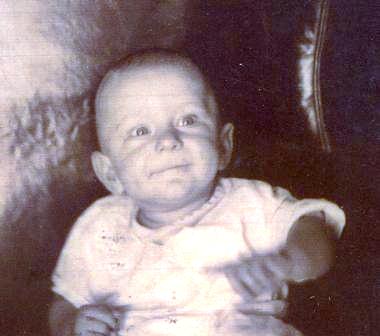
Mom was excited about having a baby brother. She could hold him and play with him. And now that they had moved back to Long Beach, she could go to Lindbergh Junior High.
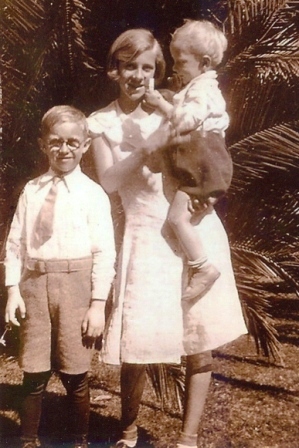
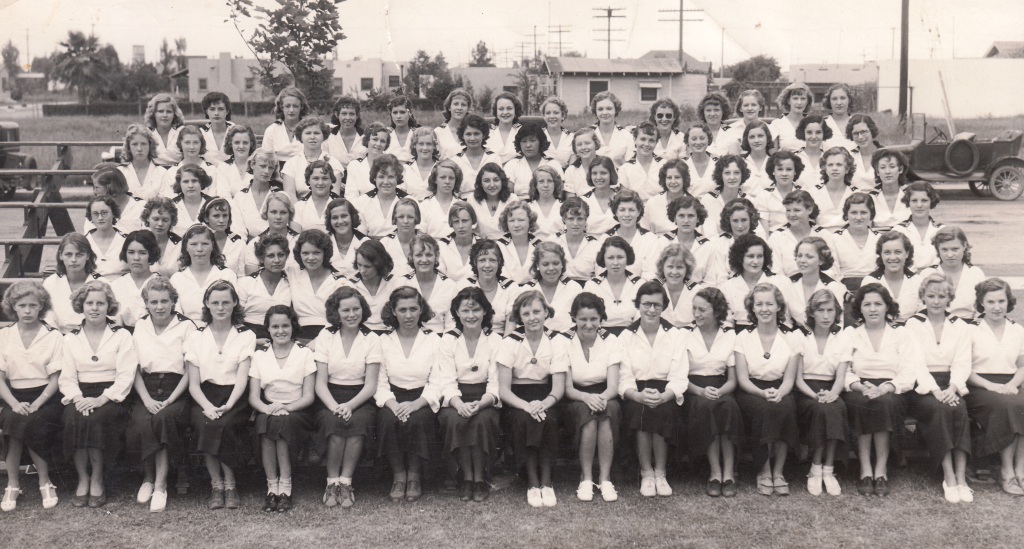
Junior High School graduation 1933: Helen is sixth from the left in the top row. Graduation picture below.
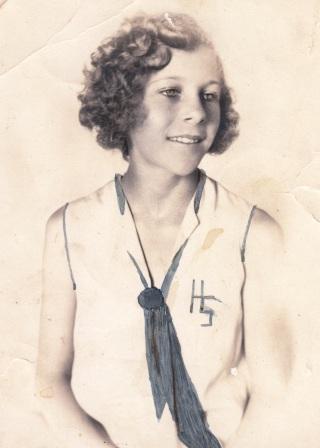
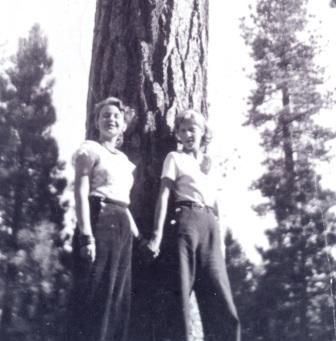
Helen with friend, Darlyn, 1933.
But the Depression was only getting worse. Mom could hear the strain in Grandma and Grandpa's voices as they tried to make ends meet. The last straw came on March 10, 1933, when a massive earthquake hit Long Beach.

Somehow they struggled in Long Beach until 1935 when Grandpa found a great deal on some land in Temple City where they could live off the land like they had done in the Midwest. Mom, a very talented student, was going to Jordan High School.
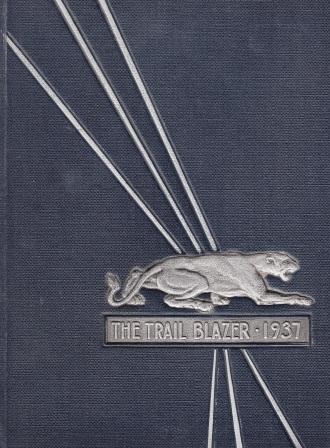
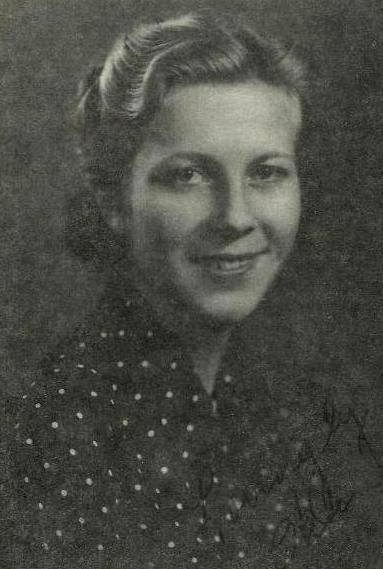
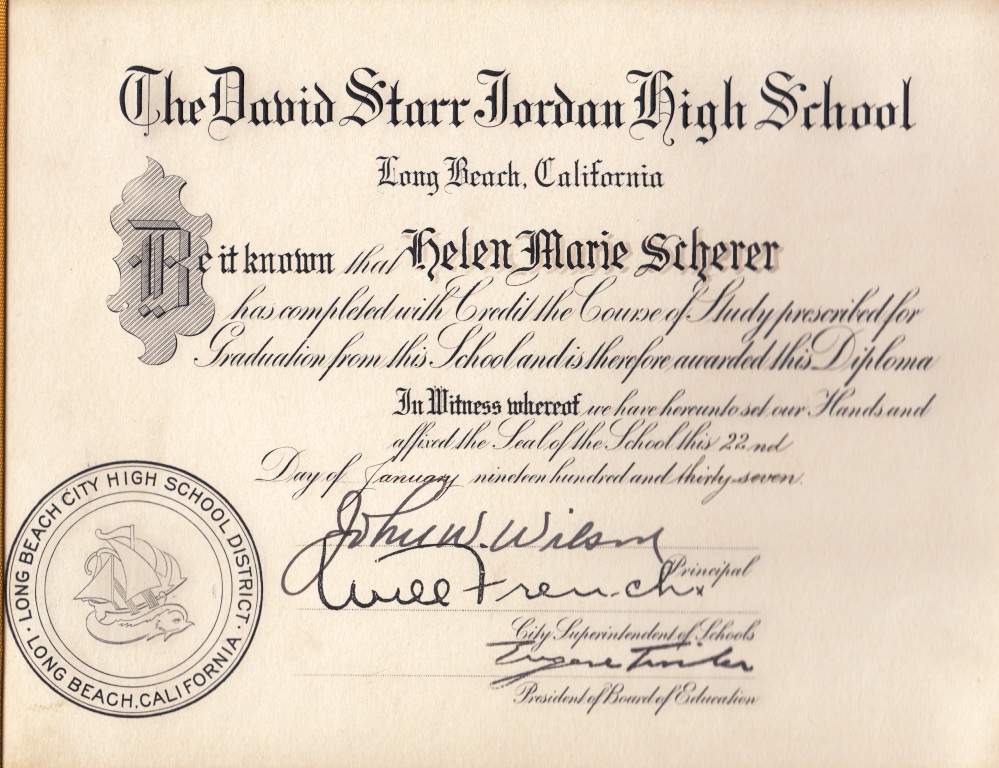

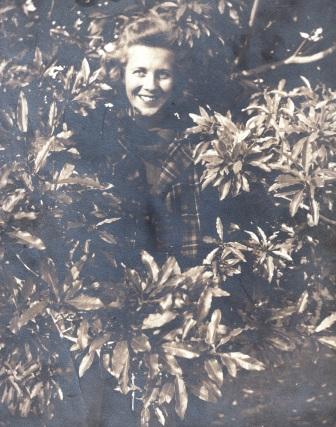
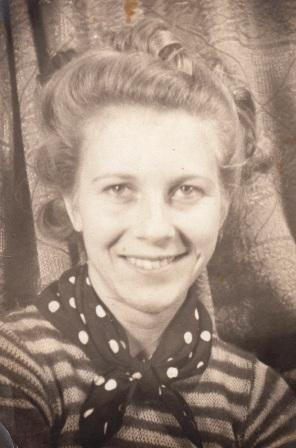
She hoped to finish her high school classes and to enter the pre-med program at Long Beach City College.
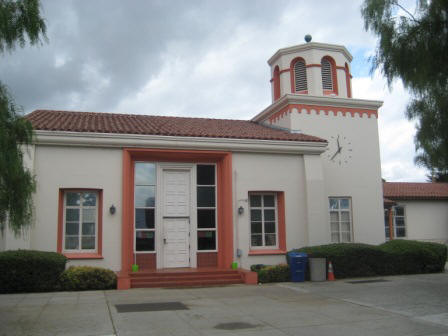
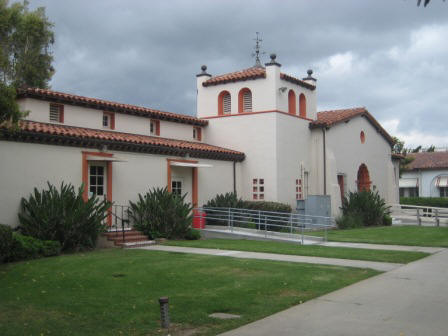
Long Beach City College
Grandpa and Grandma decided to take James to Temple City and agreed to let Helen stay with friends in Long Beach. The roller coaster had just hit bottom.
For several years Mom lived with friends and on the streets of Long Beach with other victims of the Depression. Like her Mom and Dad she was an adventure seeker who always saw the bright side of things. She learned to fly an airplane, took the ferry out to Catalina to dance to the music of the Big Bands, and sometimes had breakfast with the Marx Brothers at the Brown Derby.
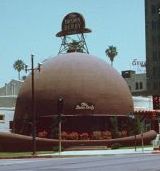
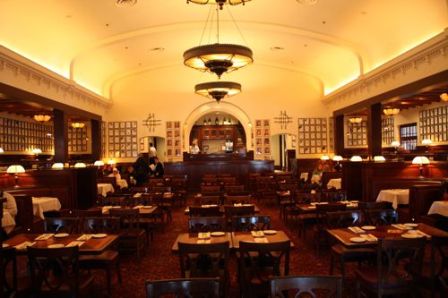
Jobs were hard to find so she modeled and rode the roller coaster at the Pike to lure sailors onboard. She got paid by the ride. The sailors could look but were too busy holding on to touch. Shortly after Mom found a better job with the Los Angeles County Health Department her life took a turn for the better.